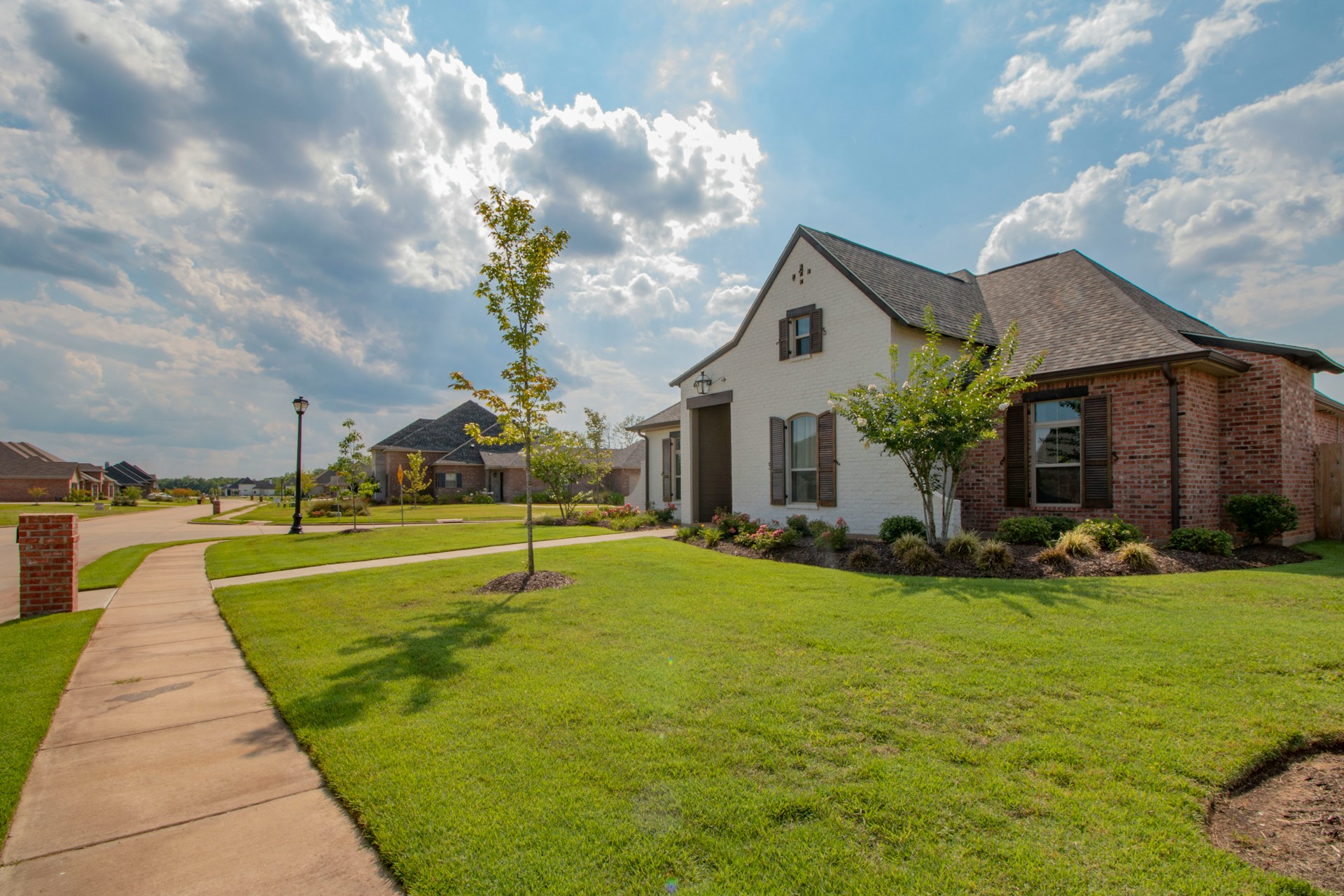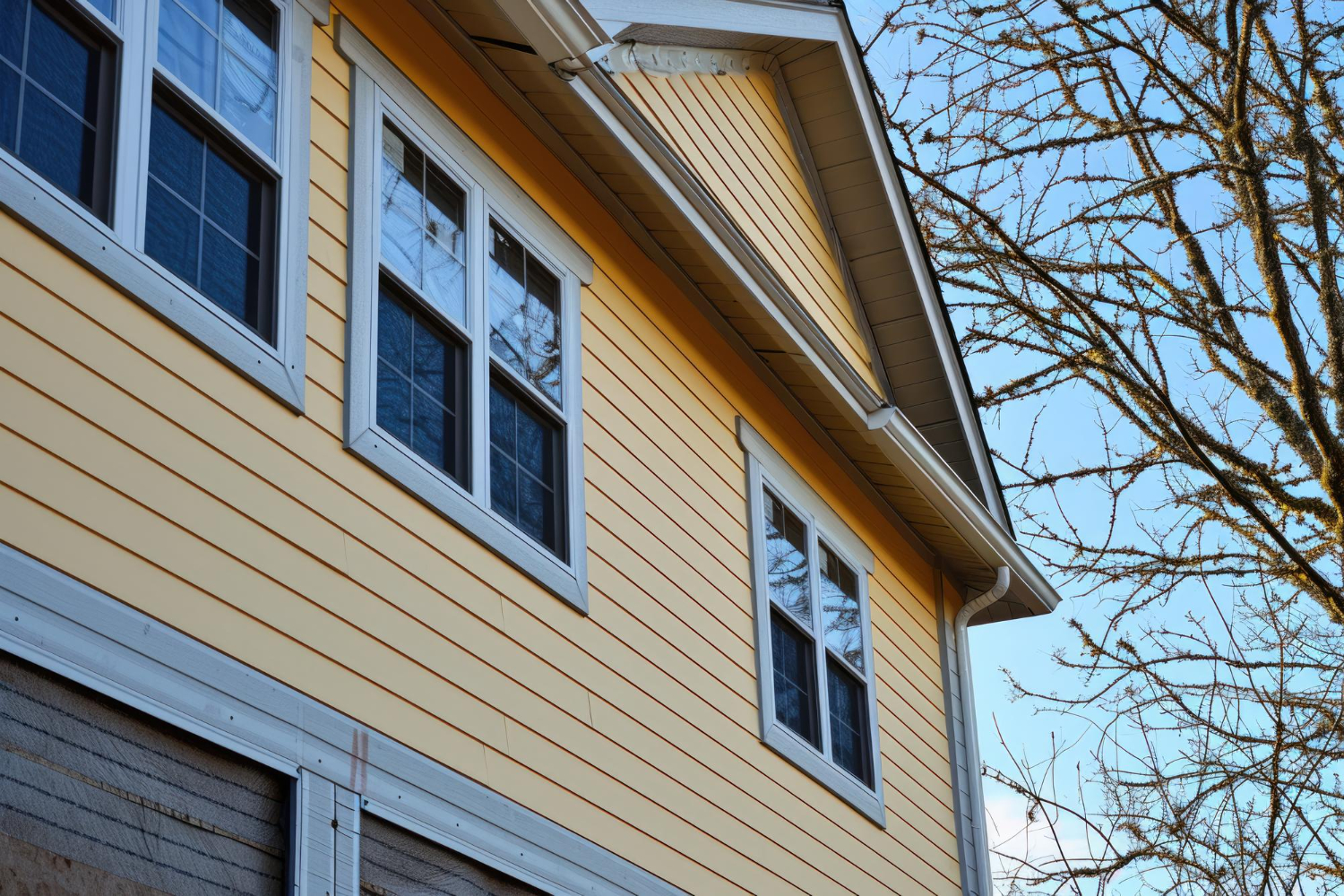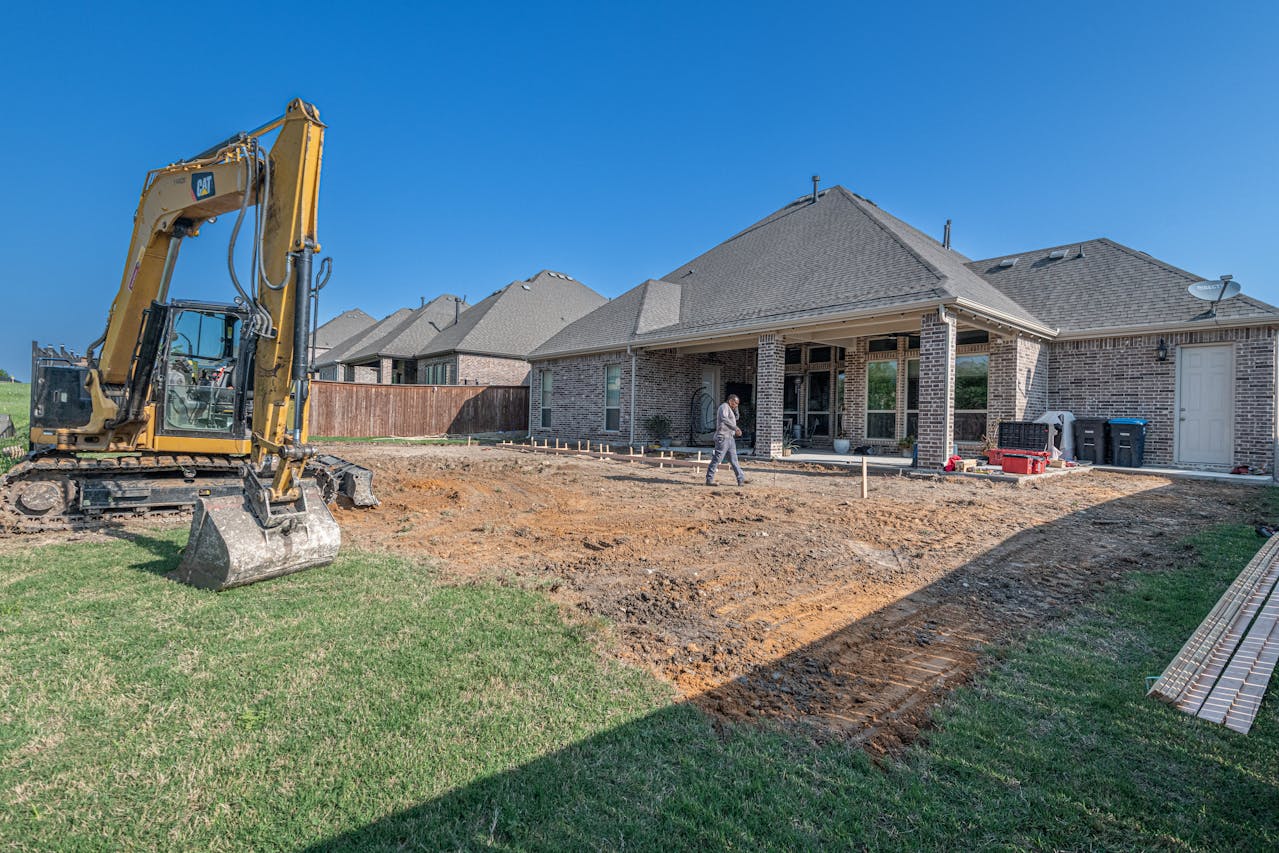How to Determine the Right Concrete Sidewalk Thickness for Durability

Beyond thickness, reinforcement like rebar or wire mesh and the installation of expansion joints also play a vital role in enhancing the strength and longevity of concrete sidewalks.
The sidewalk’s thickness is crucial for ensuring durability and preventing premature damage. A properly installed sidewalk with the right thickness can withstand foot traffic, temperature fluctuations, and moisture without developing cracks or potholes. A thicker concrete slab provides better resistance to settling and wear, spreading weight evenly and preventing weak spots.
Additionally, thicker concrete has greater thermal mass, allowing it to regulate temperature more effectively. This minimizes the effects of extreme weather conditions, reducing the chances of cracks and structural damage over time. However, sidewalk contractor emphasizes the importance of proper foundation support and level framing, as uneven thickness can result in potholes, cracks, and sunken surfaces.
DOT Recommendations for Sidewalk Thickness
The Department of Transportation (DOT) provides guidelines for sidewalk thickness based on climate, traffic load, and subgrade conditions.
Standard Sidewalk Thickness
A regular sidewalk in a residential area should be at least 4 inches thick with a 6-inch subbase or foundation layer. It must be made of a single layer of concrete.
For those sidewalks that are part of driveways (where the vehicles pass over) or in corner quadrants (where two sidewalks intersect), the concrete slab should be at least 7 inches thick. A commercial sidewalk with a heavy load and higher traffic must be 8 inches thick to withstand the test of time.
The subgrade refers to the type of ground that lies beneath the sidewalk. It might consist of sand, gravel, silt, or clay depending on the area.
The foundation layer’s thickness depends on the subgrade. For areas where the subgrade consists of silt or clay (which doesn’t drain water as much as sand or gravel), the thickness of the base needs to be increased to 5 inches for residential areas and 6 inches for commercial areas. If the subgrade is made of silt or clay, both residential and commercial areas require a 6 to 8 inches thick foundation layer to ensure sidewalk stability and durability.
The Role of Reinforcements in Sidewalk Durability
Reinforcing materials like steel rebar or wire mesh, and expansion joints significantly enhance a sidewalk’s durability by preventing cracks and structural weaknesses.
Steel Rebar
Steel rebar provides additional strength to concrete, making it ideal for areas expecting heavy loads or unstable ground conditions, such as silt or clay soil. By reinforcing the concrete, rebar helps prevent cracks caused by soil erosion and weight stress.
Expansion Joints
Expansion joints appear as intentional gaps in the concrete and are designed to accommodate the natural expansion and contraction of concrete due to temperature fluctuation. Without these joints, sidewalks would develop uncontrolled cracks, leading to safety hazards and structural weaknesses.
There are two primary types of joints:
- Control joints are installed periodically to help guide where cracks should form when the concrete contracts or shrinks. They are typically cut to a depth of one-fourth the thickness of the concrete (e.g., 1 inch deep for a 4-inch-thick sidewalk). These joints are spaced 8 to 12 feet apart on standard sidewalks.
- Expansion joints are installed at points where a sidewalk meets another sidewalk, a driveway, or a building. These joints go through the entire depth of the sidewalk to prevent stress fractures where different surfaces meet.
Conclusion
Choosing the right sidewalk thickness is essential for longevity and durability. A well-maintained sidewalk, installed with the appropriate thickness as per the area and subgrade conditions, can last for decades with minimal repairs. Poorly installed or thin sidewalks, on the other hand, may deteriorate quickly due to everyday wear and weather fluctuations.
Remember, seeking professional assistance is crucial to determine the best sidewalk thickness suited to your specific needs. By investing in quality installation, you ensure a durable and reliable sidewalk for years to come. For more lifestyle inspiration and expert insights, explore the Decasa Collections Guides, where thoughtful living begins.

















